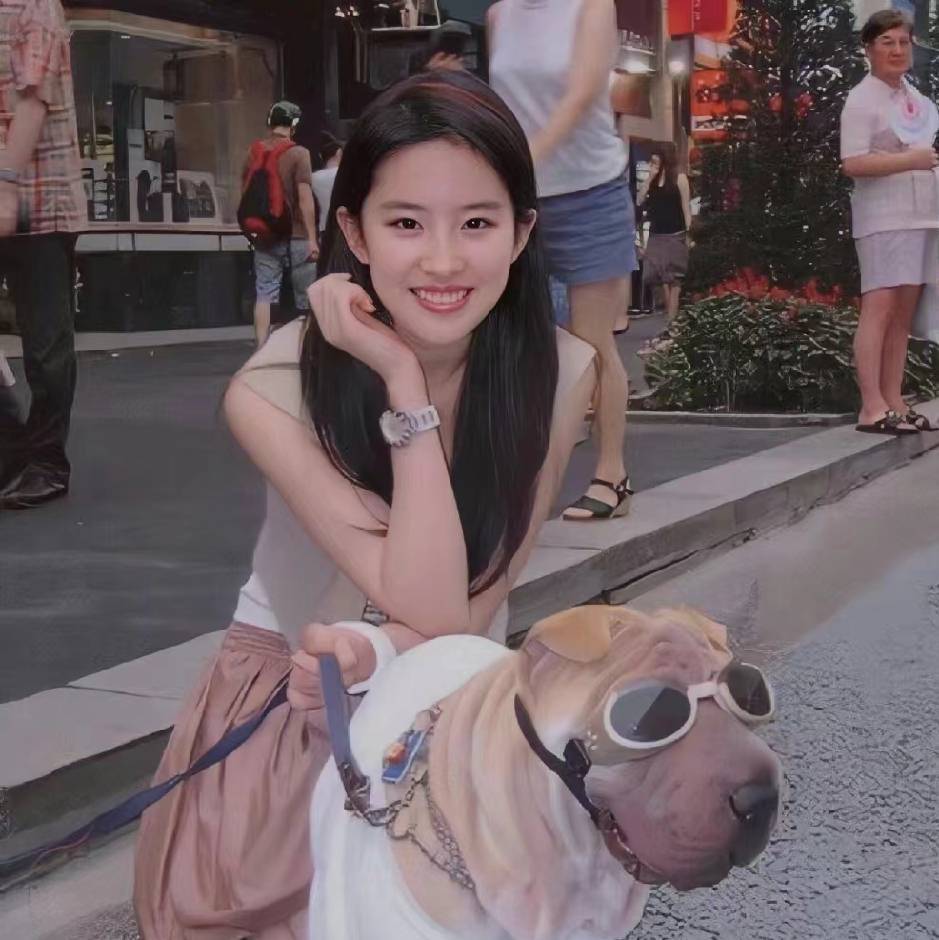python笔记
python笔记
杨辉三角
只能用奇妙来形容了 :smile:
def triangle():
L =[1]
while True:
b=L.copy()
yield b
L.append(0)
L=[L[i]+L[i-1] for i in range(len(L))]
1012
翻转字符串
>>> def reverseWords(input):
... inputWords = input.split(" ")
... inputWords = inputWords[-1::-1]
... output = ' '.join(inputWords)
... return output
...
>>> input = 'I like runnob'
>>> rw = reverseWords(input)
>>> rw
'runnob like I'
集合的使用
#!/usr/bin/python3
sites = {'Google', 'Taobao', 'Runoob', 'Facebook', 'Zhihu', 'Baidu'}
print(sites) # 输出集合,重复的元素被自动去掉
# 成员测试
if 'Runoob' in sites :
print('Runoob 在集合中')
else :
print('Runoob 不在集合中')
# set可以进行集合运算
a = set('abracadabra')
b = set('alacazam')
print(a)
print(a - b) # a 和 b 的差集
print(a | b) # a 和 b 的并集
print(a & b) # a 和 b 的交集
print(a ^ b) # a 和 b 中不同时存在的元素
字典的使用
#!/usr/bin/python3
dict = {}
dict['one'] = "1 - 菜鸟教程"
dict[2] = "2 - 菜鸟工具"
tinydict = {'name': 'runoob','code':1, 'site': 'www.runoob.com'}
print (dict['one']) # 输出键为 'one' 的值
print (dict[2]) # 输出键为 2 的值
print (tinydict) # 输出完整的字典
print (tinydict.keys()) # 输出所有键
print (tinydict.values()) # 输出所有值
s 用于判断两个变量引用对象是否为同一个, == 用于判断引用变量的值是否相等。
tuple
Python3 字典 items() 方法 | 菜鸟教程 (runoob.com)
set(value)
集合
删除x b
s.discard( x )
1014
遍历技巧
在字典中遍历时,关键字和对应的值可以使用 items() 方法同时解读出来:
>>> knights = {'gallahad': 'the pure', 'robin': 'the brave'}
>>> for k, v in knights.items():
... print(k, v)
...
gallahad the pure
robin the brave
在序列中遍历时,索引位置和对应值可以使用 enumerate() 函数同时得到:
>>> for i, v in enumerate(['tic', 'tac', 'toe']):
... print(i, v)
...
0 tic
1 tac
2 toe
同时遍历两个或更多的序列,可以使用 zip() 组合:
>>> questions = ['name', 'quest', 'favorite color']
>>> answers = ['lancelot', 'the holy grail', 'blue']
>>> for q, a in zip(questions, answers):
... print('What is your {0}? It is {1}.'.format(q, a))
...
What is your name? It is lancelot.
What is your quest? It is the holy grail.
What is your favorite color? It is blue.
要反向遍历一个序列,首先指定这个序列,然后调用 reversed() 函数:
>>> for i in reversed(range(1, 10, 2)):
... print(i)
...
9
7
5
3
1
要按顺序遍历一个序列,使用sorted()函数返回一个已排序的序列,并不需要修改原值
>>> basket = ['apple', 'orange', 'apple', 'pear', 'orange', 'banana']
>>> for f in sorted(set(basket)):
... print(f)
...
apple
banana
orange
pear
- 原文作者:gwozai
- 原文链接:https://blog.gwozai.com/post/pythonnote/
- 版权声明:本作品采用知识共享署名-非商业性使用-禁止演绎 4.0 国际许可协议进行许可,非商业转载请注明出处(作者,原文链接),商业转载请联系作者获得授权。
